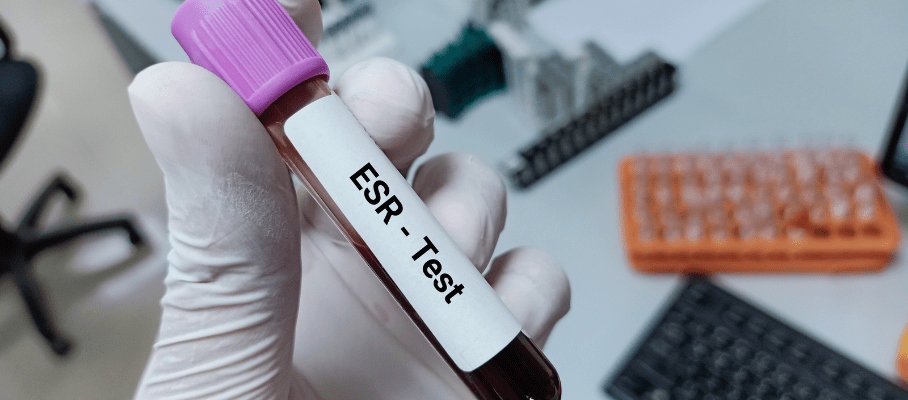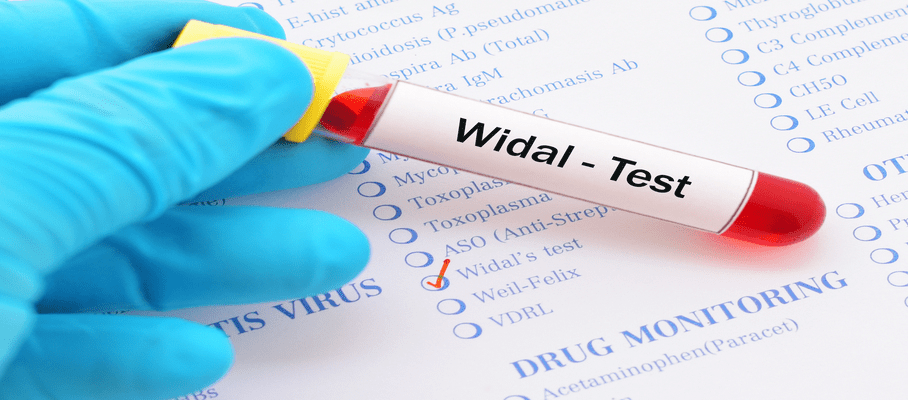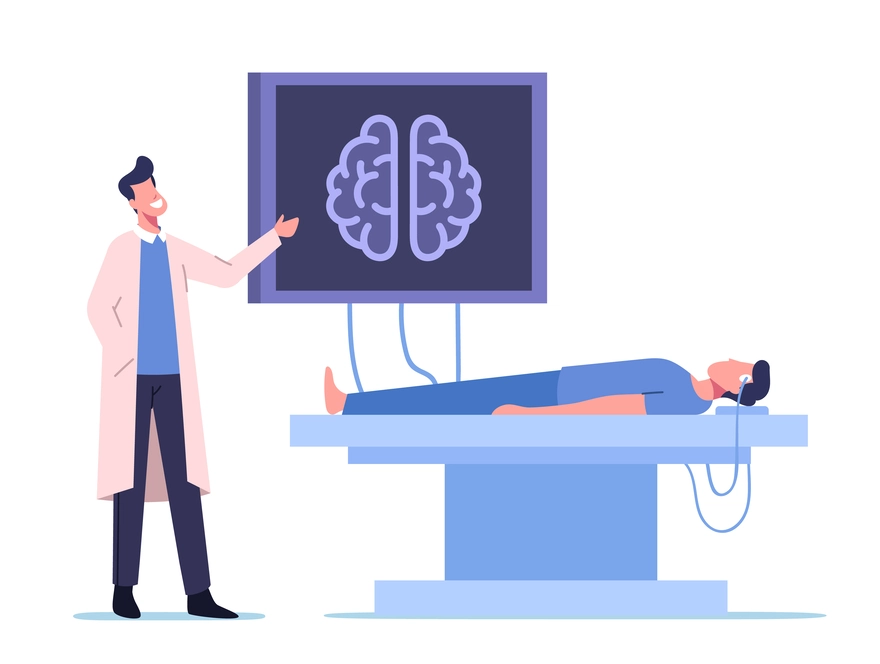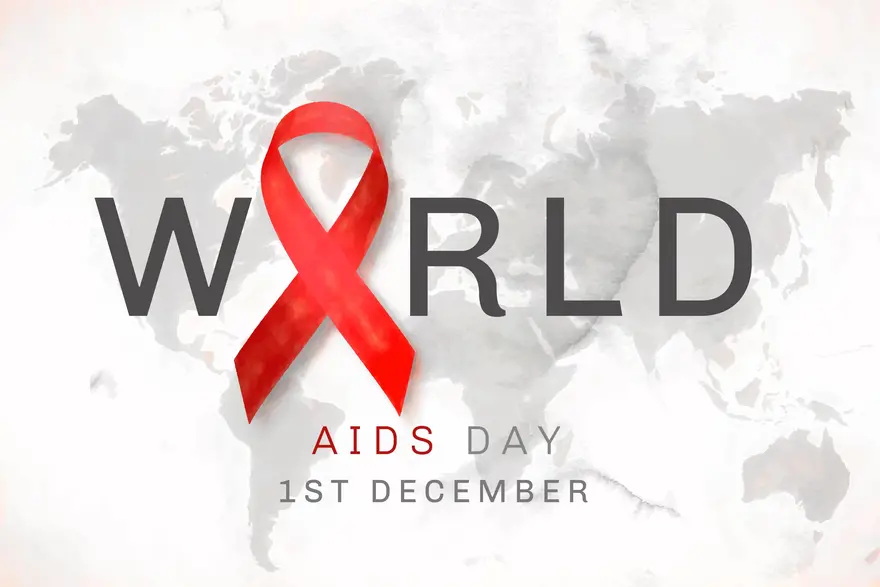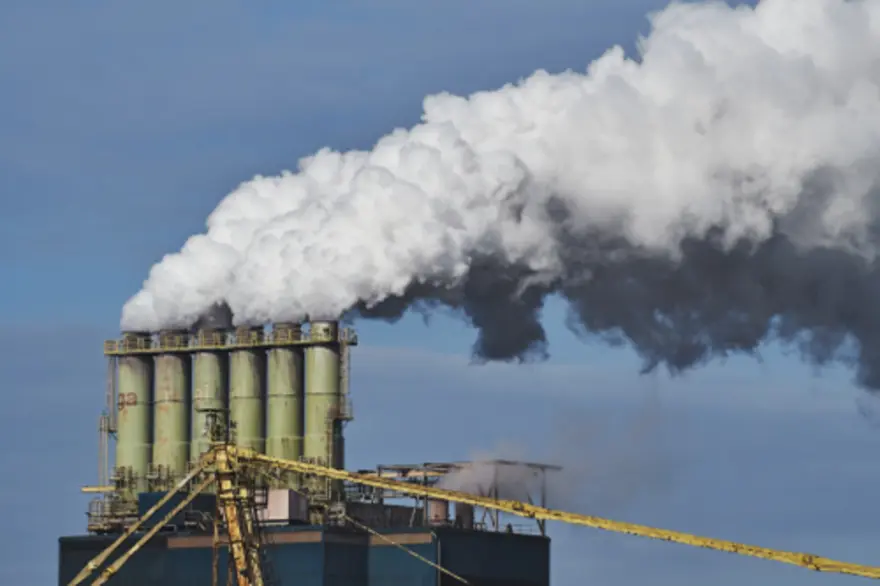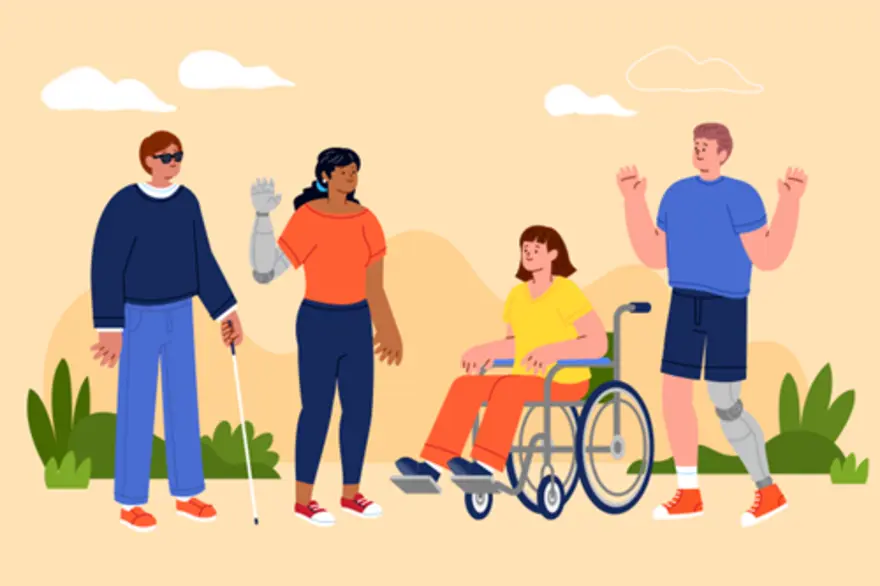Preventive Healthcare
Ligaments: Structure, Function, and Common Injuries

Table of Contents
What Is A Ligament?
Ligament is a tough band of fibrous connective tissue that connects bones to other bones, providing stability and support to joints. Ligaments are composed primarily of collagen fibres, which give them their strength and flexibility. These fibrous tissues are designed to withstand tension and prevent excessive movement of the bones they connect. While ligaments are strong, they have limited elasticity, making them susceptible to injury when stretched beyond their normal range of motion.
What Do Ligaments Do?
The primary function of ligaments is to provide passive stability to joints by limiting excessive movement. They work in conjunction with muscles and tendons to maintain proper joint alignment and prevent dislocation or subluxation. Ligaments also play a crucial role in proprioception, the body's ability to sense the position and movement of joints. This sensory feedback helps the brain coordinate muscle activity and maintain balance. Without ligaments, our joints would be unstable, and we would be unable to perform even simple movements without the risk of injury.
Where Are My Ligaments?
Ligaments are found throughout the body, connecting bones in various joints. Some of the most well-known ligaments include:
- Anterior Cruciate Ligament (ACL) and Posterior Cruciate Ligament (PCL) in the knee
- Medial Collateral Ligament (MCL) and Lateral Collateral Ligament (LCL) in the knee
- Anterior Talofibular Ligament (ATFL) and Calcaneofibular Ligament (CFL) in the ankle
- Ulnar Collateral Ligament (UCL) in the elbow
- Anterior Longitudinal Ligament (ALL) and Posterior Longitudinal Ligament (PLL) in the spine
Each ligament is strategically positioned to provide stability and support to its respective joint, allowing for the complex movements required for daily activities and sports.
Also Read: Anterior Cruciate Ligament (ACL) Injury or Tear: Treatment & Recovery Tips
What Do Ligaments Look Like?
Ligaments appear as dense, fibrous bands of tissue that connect bones to other bones. They are typically white or off-white in colour and have a slightly shiny appearance due to their collagen content.
What Are The Parts Of A Ligament?
A ligament consists of the following main components:
- Collagen Fibres: These tough, flexible proteins make up the majority of a ligament's structure, providing strength and stability.
- Elastin: A protein that allows ligaments to stretch slightly and return to their original shape.
- Fibroblasts: Cells responsible for producing and maintaining the collagen and elastin in ligaments.
- Ground Substance: This is a gel-like material that surrounds the fibres and cells, providing lubrication and nourishment.
How Do You Injure A Ligament?
Ligament injuries, also known as ligament tears or sprains, occur when a ligament is stretched or torn due to excessive force or movement. Common causes of ligament injuries include:
- Sudden twisting or pivoting motions
- Landing awkwardly from a jump
- Direct blow to a joint
- Overextension of a joint
- Repetitive stress to a ligament
Certain factors can increase the risk of ligament injuries, such as poor conditioning, muscle imbalances, and participating in high-impact sports like football, basketball, and soccer.
The 3 Grades of Ligament Injury
Ligament tears are classified into three grades based on the severity of the damage:
- Grade 1 (Mild): The ligament is slightly stretched but still able to provide joint stability. Symptoms may include mild pain, swelling, and slight joint stiffness. These injuries typically result from minor overstretching and usually heal with conservative treatments such as rest, ice, compression, and elevation (RICE). Physical activity can often be resumed within a few days to a couple of weeks with proper care.
- Grade 2 (Moderate): The ligament is partially torn, resulting in moderate pain, swelling, and joint instability. There may be some loss of function, and the joint may feel loose or give way under stress. These injuries may require a longer recovery period, often including physical therapy to restore strength and stability. Bracing or temporary immobilisation may also be necessary to support healing.
- Grade 3 (Severe): The ligament is completely torn or ruptured, causing severe pain, swelling, and significant joint instability. There is often a complete loss of function, and the joint may appear deformed. Grade 3 injuries usually require surgical intervention, followed by an extensive rehabilitation program to restore joint function and prevent future complications.
How Can I Keep My Ligaments Healthy?
Maintaining the health of your ligaments is essential for preventing injuries and ensuring optimal joint function. Here are some tips to keep your ligaments strong and resilient:
- Engage in a balanced fitness routine that includes flexibility, strength, and endurance exercises
- Warm up properly before physical activity and cool down afterward
- Use proper technique and form during sports and exercises
- Wear appropriate, supportive footwear
- Maintain a healthy body weight to reduce stress on your joints
- Consume a nutritious diet rich in vitamins C and D, protein, and omega-3 fatty acids to support collagen production and ligament health
- Allow adequate rest and recovery between workouts to prevent overuse injuries
- Address any joint pain or instability promptly with your doctor.
At Metropolis Healthcare, we understand the importance of early detection and proper management of ligament injuries. Our team of experienced phlebotomists can perform at-home blood sample collection for various diagnostic tests that can help assess your overall health and guide treatment decisions. With our state-of-the-art diagnostic laboratories and commitment to providing accurate results, you can trust Metropolis Healthcare to be your partner in maintaining optimal health.
FAQs
What's the difference between a ligament and a tendon?
While both ligaments and tendons are connective tissues, they serve different purposes. A ligament connects bone to bone, providing stability to joints. In contrast, a tendon connects muscle to bone, allowing the muscle to exert force on the bone and create movement. Understanding the difference between tendons and ligaments is important for accurately identifying and treating injuries.
How do I know if I tore a ligament?
If you suspect a ligament tear, look for symptoms such as sudden, severe pain, swelling, bruising, and instability in the affected joint. You may hear a popping sound at the time of injury and experience difficulty bearing weight on the joint. If you experience these symptoms, it's essential to seek medical attention for an accurate diagnosis and appropriate treatment.
Can ligaments heal by themselves?
Minor ligament injuries, such as Grade 1 sprains, can often heal on their own with rest, ice, compression, and elevation (RICE). However, more severe tears may require medical intervention, such as immobilisation, physical therapy, or surgery. While ligaments can heal, the process is slow due to their limited blood supply, and the repaired tissue may not be as strong as the original ligament.
Why do ligament injuries take so long to heal?
Ligaments have a limited blood supply compared to other tissues in the body, which slows down the healing process. Additionally, the scar tissue that forms during healing is not as strong or elastic as the original ligament tissue, making it more susceptible to re-injury. This is why it's crucial to follow a proper rehabilitation program and gradually return to activities after a ligament injury.
How can I prevent ligament damage?
Preventing ligament injuries involves maintaining good physical condition, using proper techniques during activities, and wearing appropriate supportive gear. Engage in regular strength training and stretching exercises to keep your muscles and ligaments strong and flexible. When participating in sports, always use proper form and technique, and avoid overexertion. Wearing supportive shoes and using braces or taping when necessary can also help prevent ligament injuries.
Are some people prone to ligament injuries?
Yes, some people are more prone to ligament injuries due to various risk factors. These include a history of previous ligament injuries, involvement in high-impact sports, and poor physical conditioning. Muscle imbalances or weaknesses can also contribute, as can genetic factors like joint hypermobility. If you have any of these risk factors, it's essential to take extra precautions to protect your ligaments and consult with a doctor for personalised advice.
Can you walk with a torn ligament?
The ability to walk with a torn ligament depends on the severity of the injury and the specific ligament involved. In some cases, such as a mild ankle sprain, you may be able to bear weight and walk with minimal discomfort. However, more severe injuries, like an ACL tear, can make walking extremely painful and difficult. It's crucial to seek medical advice and follow the recommended treatment plan to avoid further damage and ensure proper healing.



